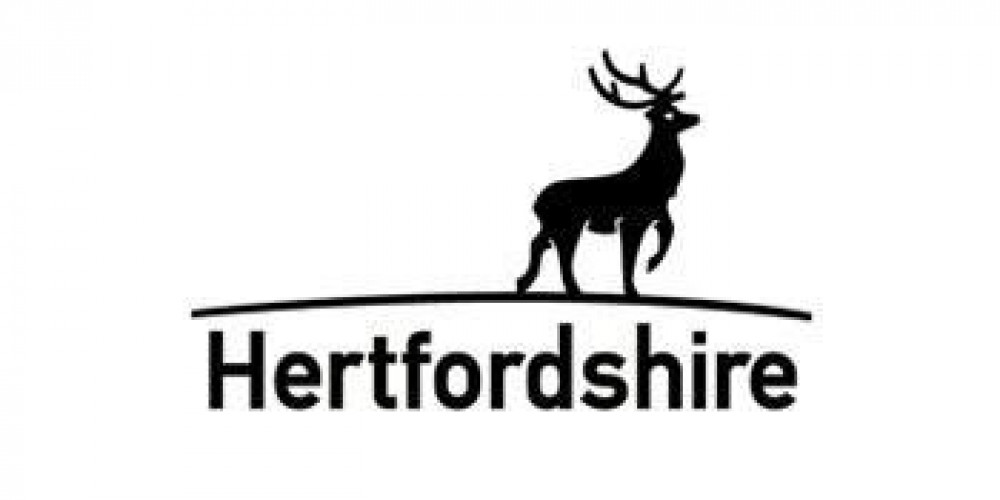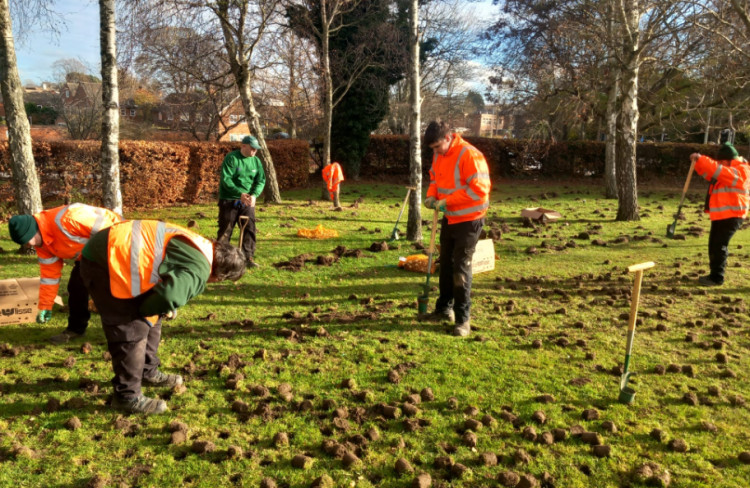Data reveals how many children were not allocated a preferred new school place In Hertfordshire
By Deborah Price - Local Democracy Reporter 5th Aug 2025
By Deborah Price - Local Democracy Reporter 5th Aug 2025

The number of children who were not allocated a place at their preferred school in Hertfordshire increased slightly this year, according to the latest data.
To apply for a peception place at primary school or a Year 7 place at secondary school, applicants have to rank their four preferred schools.
A report to the latest meeting of the county council's cabinet shows there were 13,224 applications across the county for reception places starting in September.
Of those, 11,581 (88%) were offered a place at their top-ranked school. But the proportion of children offered no place at any of their four listed primaries rose to 2.1% from 1.7% last year.
Most of this increase was in the south west of Hertfordshire, where pupil numbers are on the rise, bucking the trend across the county as a whole.
"Since 2020 there has been an eight per cent decrease in pupil numbers across the county," says the report. "Smaller cohorts are now entering reception, with pupil projections indicating this trend may continue in coming years.
"The scale and impact of this decline in intake numbers will vary in different areas, with some parts of the county experiencing pressure as families move into Hertfordshire mid-year.
"Many schools are concerned about the impact of lower pupil numbers on budget and class organisation.
"This means that while the council continues to plan for growth relating to new homes in the medium term, it must also manage capacity at existing schools in the shorter term to help ensure financial sustainability and support good educational standards."
The report highlights 16 Hertfordshire secondary schools that have offered 400 additional places for new pupils starting in September "to ensure that as many pupils as possible are allocated a local school".
Of the 14,703 applications for a secondary or upper school place, 76% were given their top-ranking school while 94% were allocated one of their four listed schools. The proportion of children allocated a place at a non-ranked school rose to 6%.
The report also shows the numbers of primary pupils and sescondary students in Hertfordshire who are being 'electively home educated' (EHE) or who are 'children missing education' (CME).
At the end of March, 2,170 were being home educated, down 375 on the 2,545 who were registered as such 12 months earlier.
Council officers are looking at the way they assess the education being offered to EHE children and at safeguarding processes.
"The EHE team continue to review and reflect on current practice to ensure there are robust processes in place to assess the suitability of educational provision," says the report.
"Working with Hertfordshire Safeguarding Children Partnership, the service has launched a series of learning hubs with a focus on safeguarding practices and procedures for children not in school.
"The service is also exploring establishing a task and finish group to review the safeguarding procedures in line with proposals in the Children's Wellbeing and Schools Bill.
"EHE officer capacity has also increased."
At the end of March, 617 children were classed as 'missing education' – 147 of whom have an education, health and care plan (EHCP). A graph presented to the cabinet shows the CME number had decreased over the first three months of this year but had increased significantly over the 12-month period.
CHECK OUT OUR Jobs Section HERE!
hitchin vacancies updated hourly!
Click here to see more: hitchin jobs
Share:












